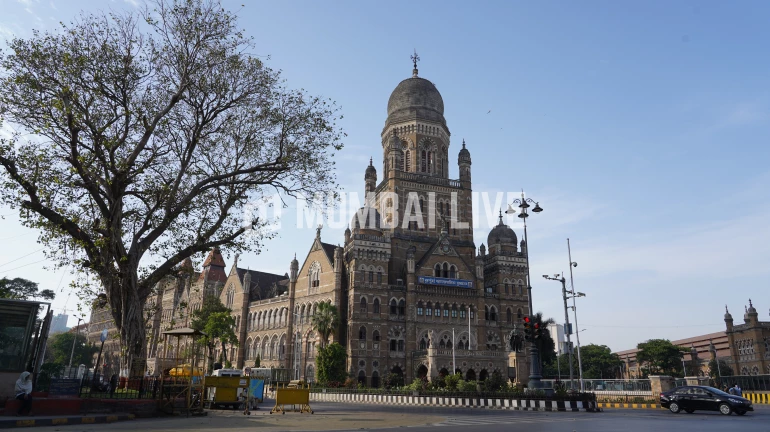
Plans for the Gargai dam in Palghar district have been presented as both a solution to Mumbai’s persistent water shortages and a challenge to environmental conservation. It has been outlined that 619 families whose homes and lands fall within the project’s submergence zone will be compensated through employment, land, and monetary support. Officials indicated that the Brihanmumbai Municipal Corporation (BMC) has committed to providing a job to one member from each affected family.
The villages of Ogda and Khodade in Wada taluka will be completely submerged, necessitating the relocation of their residents. For this purpose, around 400 hectares near Devli village have already been secured. Other villages, including Pachghare, Aamle, Phanasgaon, and Tilmal, will face partial submergence, but residents there will remain in place while receiving compensation for their land. Authorities suggested that the assurances of job security and land allocation have been positively received by tribal communities, who form the majority of the local population.
The project has been described as essential for narrowing Mumbai’s water supply gap. The city currently receives about 4,000 million litres daily but continues to face a shortfall of roughly 600 million litres. With the Gargai dam expected to contribute 440 million litres per day, officials argue that the initiative will significantly ease pressure on the city’s existing supply network.
Despite these promises, concerns have been voiced regarding the ecological costs. Nearly 210,000 trees are expected to be felled, and 658 hectares of forest land within the Tansa Wildlife Sanctuary will be affected. Environmental groups have pointed out that such measures could have long-lasting impacts on biodiversity. These apprehensions led to the project’s shelving in 2019 by the Maha Vikas Aghadi government, before its revival by the current Mahayuti administration under Deputy Chief Minister Devendra Fadnavis.
Officials have emphasised that there are ecological advantages to the plan as well. It has been noted that relocation will render parts of the sanctuary free from human habitation, while a state highway running through it will be diverted, potentially giving wildlife a safer corridor. Furthermore, the civic body has begun acquiring around 280 hectares of land in Hingoli district for compensatory afforestation, which will later be handed over to the forest department.
Before any work begins, the project requires clearances from the National Wildlife Board and approvals under the Forest Conservation Act. The state wildlife board has already given its consent. It has been suggested that once approvals are secured, construction may commence within six months. A key component involves a one-kilometre tunnel to link the Gargai dam with Modak Sagar dam, enabling water conveyance to Mumbai without additional infrastructure costs.





